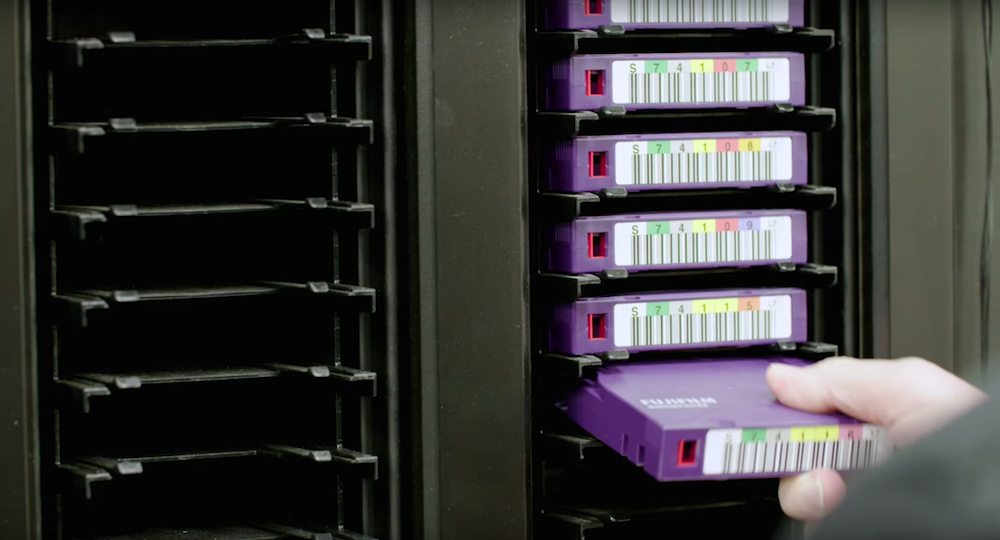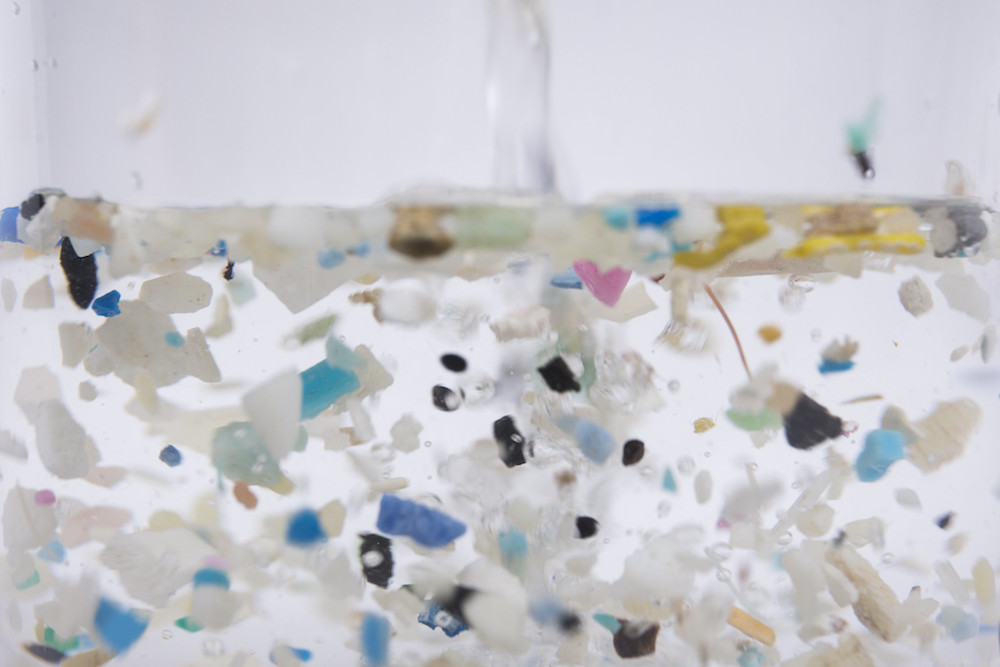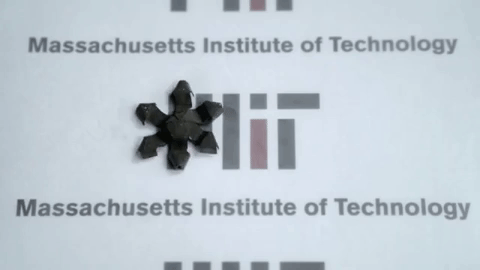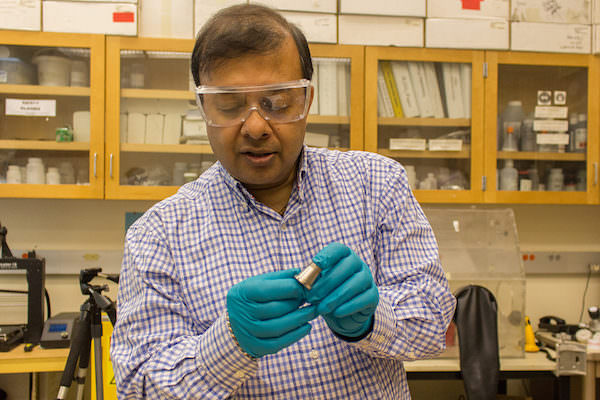Magnetite (Fe3O4) and maghemite (γ-Fe2O3) are two types of iron oxide known for their magnetic properties. A new open-access paper summarizes the main synthesis protocols for obtaining these magnetic nanoparticles.
Read MoreMagnonics, an emerging field of magnetism, could provide an alternative method of data manipulation to silicon electronics. Researchers from universities in Russia, the Netherlands, and Germany developed a superconducting/ferromagnetic material for magnonic applications.
Read MoreAlthough VHS tapes are viewed as a dead technology in the public entertainment sector, magnetic tapes provide valuable archive storage for companies and organizations handling big data—but an ongoing patent battle makes obtaining the newest tapes difficult.
Read MoreMicroplastic pollution is a threat to marine ecosystems. A research collaboration between several Australian and Chinese universities created carbon nanosprings that can break down microplastics into compounds that dissolve harmlessly in water.
Read MoreResearchers in Germany developed functionalized iron oxide nanoparticles that can attract hydrocarbons. They are working with industry partners to transfer the concept to real-world oil spill cleanup operations.
Read MoreNorth Carolina State University researchers, inspired by neon tetra fish, created a material that changes color by changing the orientation of nanostructured columns on its surface.
Read MoreCeramic artist Sabri Ben-Achour creates unique sculptures by mixing a little science with art. He gets his inspiration from wabi-sabi, the Japanese philosophy of finding beauty in imperfection. Watch the video to see his distinctive techniques.
Read MoreResearchers at MIT have fabricated small flexible magnetic structures using a 3-D printer and ink fused with magnetic particles. The structures could be used to remotely control biomedical devices for drug delivery or for pumping blood, among other functions.
Read More3-D printing typically involves only one material. Researchers have now developed a way to print multiple materials in one process. This method could eventually replace welding and other materials joining technologies.
Read More









